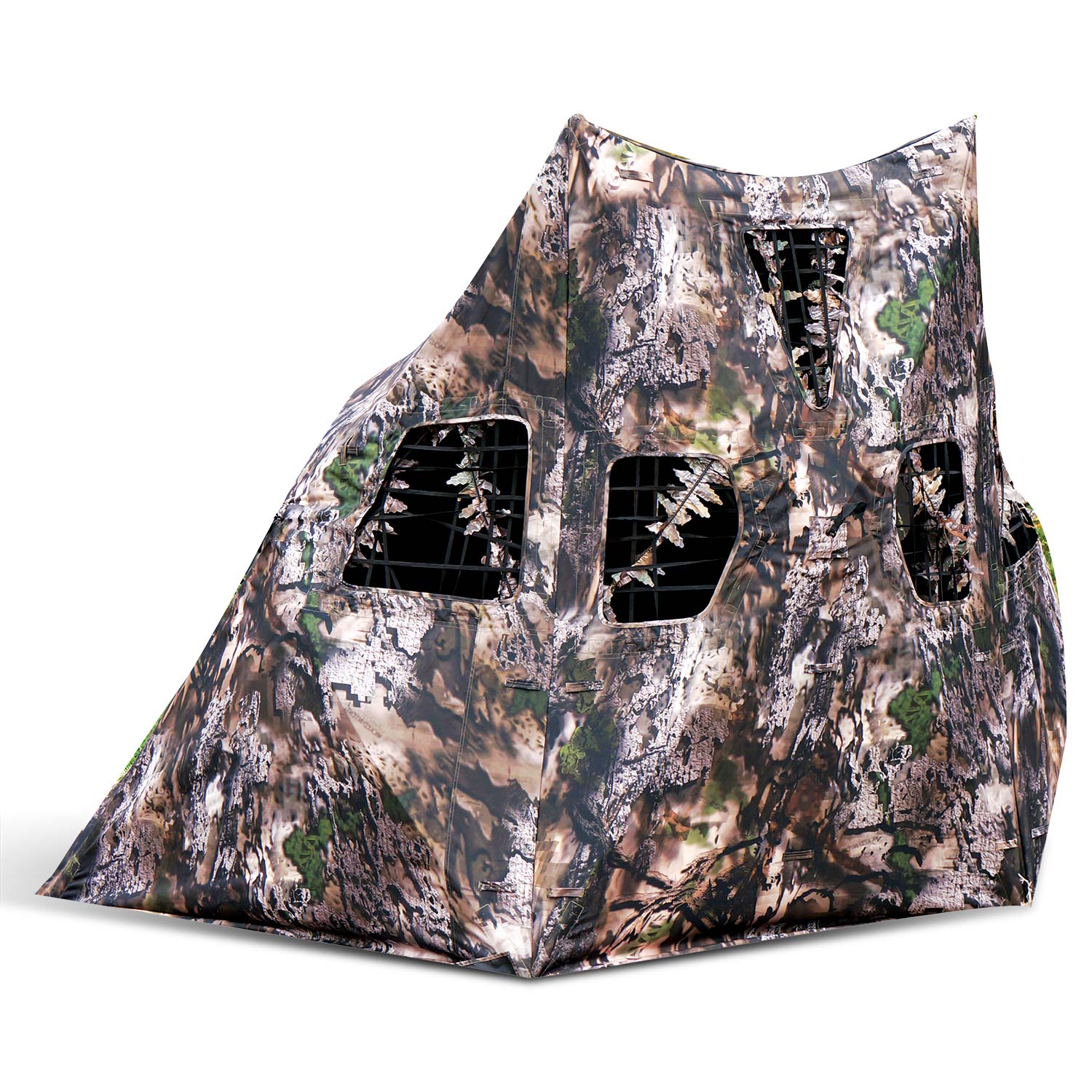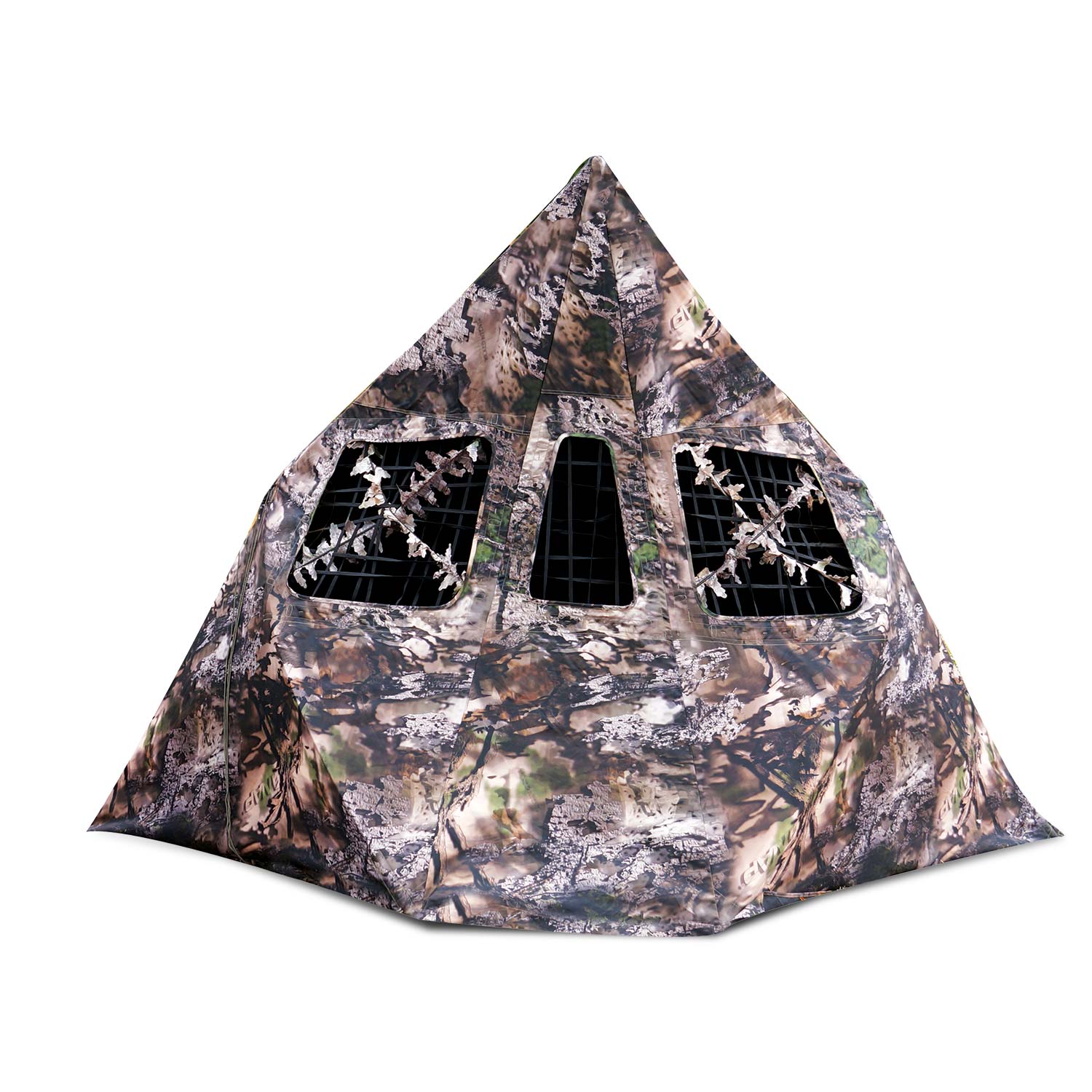


I recommend building such a blind at least two or three days in advance of using it so that its impact in the surroundings will be better absorbed and the animals will be somewhat used to it. Because I am a bowhunter, I will mostly write my instructions from the perspective of a bowhunter. As I mentioned earlier, ground blinds are great for any wildlife enthusiasts who wish to see their quarry up close and personal.

Second, it blends in very well and it doesn't smell like an object that doesn't belong. A few tools, some baling wire or jute twine, and about an hour of your time is all you need. Building a natural blind from saplings and bushes is a good solution for many situations. Also, because of their bulk, a treestand or blind can be difficult to carry in to some areas. They are also usually very easily noticed by alert animals such as deer because of their scent. Not only that, but they can also be dangerous or not very effective for use in all locations. While there are many commercially made blinds and treestands available, they can be costly. Having a good blind in the right location can make all the difference in the world. If you are an avid hunter or wildlife photographer, getting close to the game you pursue or the animals you wish to photograph can be a tricky endeavor. Only now, I call them natural ground blinds. Now that I'm much older (not so much wiser?), I still like to build those old forts. We had a lot of fun playing in those old contraptions. When I was a child growing up in the backwoods of Louisiana, I used to build "forts" in the woods out of boughs and saplings that I or my brothers would chop down with a well used machete.


 0 kommentar(er)
0 kommentar(er)
